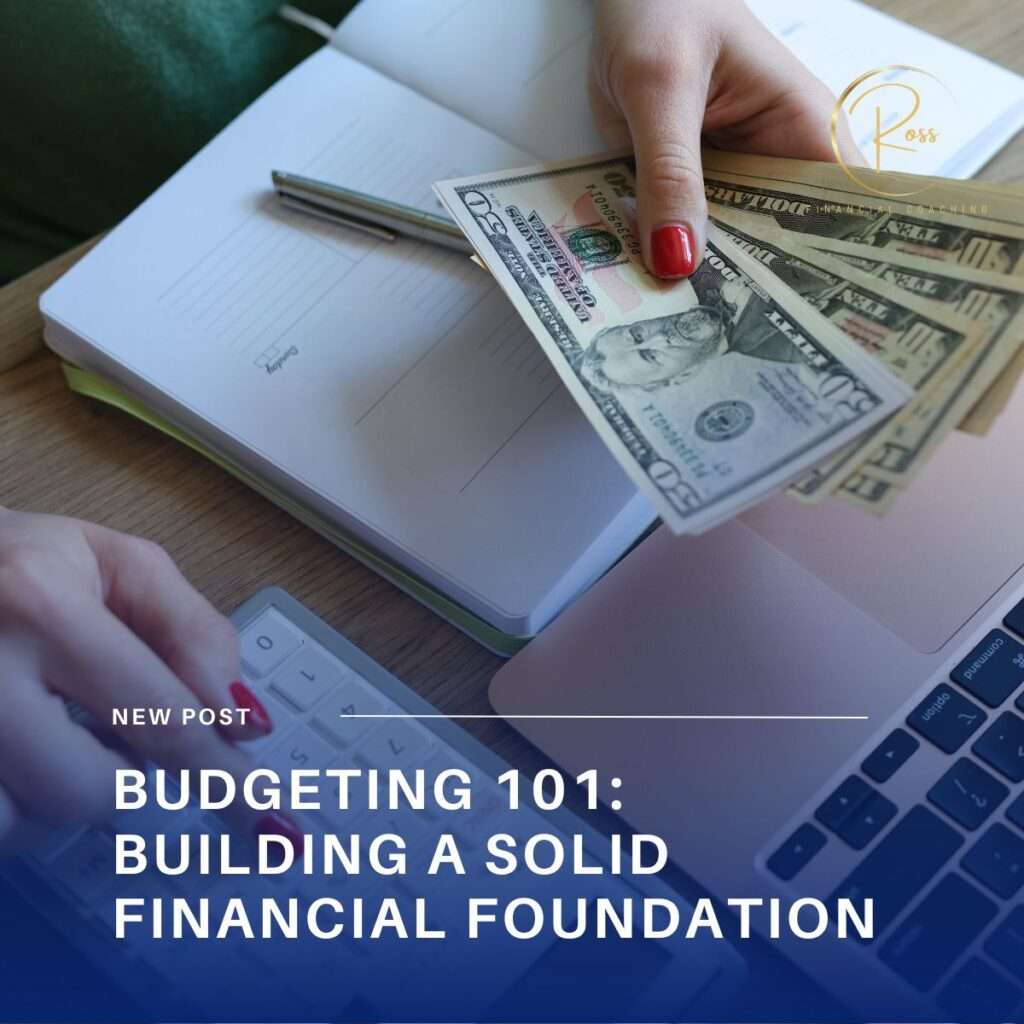
You set up that streaming service for one show. The fitness app seemed worth trying. The software subscription made sense at the time.
Now they’re all quietly draining your account every month while you focus on bigger financial goals.
Recent research from C&R Research shows the average American spends $219 monthly on subscriptions, but initially estimates they only spend $86. That’s a $133 monthly blind spot – or $1,596 per year – disappearing from budgets without conscious awareness.
These aren’t just entertainment subscriptions. They’re software tools you tried once, gym memberships you forgot about, premium features you never use, and services that automatically renewed after free trials ended.
The Psychology of Subscription Creep
Subscriptions work because they’re designed to be forgotten. Companies know that the friction of canceling often exceeds the monthly cost, especially for smaller amounts. A $9.99 charge feels insignificant compared to the hassle of logging in, finding the cancellation process, and dealing with retention offers.
This creates what behavioral economists call “subscription inertia” – we continue paying for things we don’t actively value simply because stopping requires effort.
But here’s the real problem: these small recurring charges compound. Not just in total cost, but in their psychological impact. When you’re trying to build wealth through automation and intentional spending, having money disappear without your active choice undermines your sense of financial control.
The True Cost of Subscription Blindness
The financial impact goes beyond the monthly charges. Consider what happens when you’re not fully aware of your recurring expenses:
Budgeting Becomes Impossible – You can’t create an accurate budget when you don’t know where all your money goes. Forgotten subscriptions make your spending seem unpredictable and your budgets consistently incorrect.
Automation Fails – If you’re automating savings but haven’t accounted for all your recurring expenses, you’ll either overdraw accounts or constantly move money around to cover unexpected charges.
Goal Progress Stalls – That $200+ monthly subscription creep could be going toward emergency funds, debt payment, or investment accounts instead of services you don’t actively use.
Financial Confidence Erodes – When money disappears in ways you can’t track or predict, you lose confidence in your ability to manage finances effectively.
The Complete Subscription Audit System
Here’s how to identify and eliminate the subscriptions that are quietly sabotaging your financial goals:
Phase 1: The Discovery Process Download three months of bank and credit card statements. Go through every recurring charge, no matter how small. Create a list with the service name, amount, and frequency of each subscription.
Don’t rely on memory – you’ll miss things. Look for charges you don’t immediately recognize, as many companies use billing names different from their brand names.
Phase 2: The Value Assessment For each subscription, ask these specific questions:
- Have I used this service in the past 30 days?
- Does this service directly support a current goal or priority?
- Would I sign up for this service today at this price?
- Is there a free or cheaper alternative that meets my needs?
Be honest in your assessment. The goal isn’t to eliminate everything, but to ensure every recurring charge serves your current life and priorities.
Phase 3: The Elimination Strategy Cancel subscriptions that don’t pass your value assessment immediately, before you rationalize keeping them. For services you’re unsure about, set a calendar reminder to reassess in 30 days after intentionally trying to use them.
For subscriptions you’re keeping, document why they’re valuable and set annual review dates to reassess their continued worth.
Beyond Cancellation: Preventing Future Subscription Creep
The most effective approach isn’t just eliminating current subscriptions, but creating systems to prevent unconscious accumulation in the future.
The Trial Calendar System – Whenever you start a free trial, immediately calendar the end date and your cancellation decision. Set the reminder for two days before the trial ends, giving yourself time to cancel if needed.
The Monthly Subscription Review – Dedicate 15 minutes each month to reviewing all recurring charges. This catches new subscriptions quickly and reinforces your awareness of where money goes automatically.
The Annual Subscription Budget – Create a specific budget category for subscriptions and stick to it. When you’re at your limit, adding something new requires removing something else first.
The Value Decay Check – Set annual reminders to reassess long-term subscriptions. Services that seemed valuable last year might not serve your current priorities or goals.
Making Your Money Work Intentionally
The goal of subscription management isn’t to eliminate all recurring expenses – it’s to ensure every dollar you spend automatically aligns with your current values and goals.
When you’re conscious about recurring expenses, you can redirect that money toward things that actually build wealth and support your desired lifestyle. The $200+ most people spend on forgotten subscriptions could fund an emergency fund, pay down debt, or contribute to investments instead.
This connects directly to the WEALTH Framework principle of aligning your finances with your dream life. Every subscription should either directly support your goals or provide clear, ongoing value that you actively appreciate.
Your Next Step
Start with one simple action: pull your most recent bank statement and identify three recurring charges you haven’t thought about in the past month. Research what each one is for and whether you’ve used those services recently.
This small step will reveal how much money is leaving your accounts without your active awareness. Once you see the actual numbers, you can decide whether those automatic payments serve your current financial goals or if that money could work harder for you elsewhere.
Ready to take control of where your money goes automatically? Let’s discuss how to align your spending with your actual priorities and goals.




